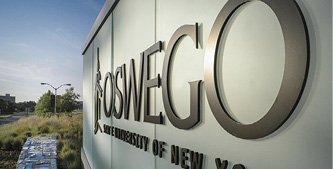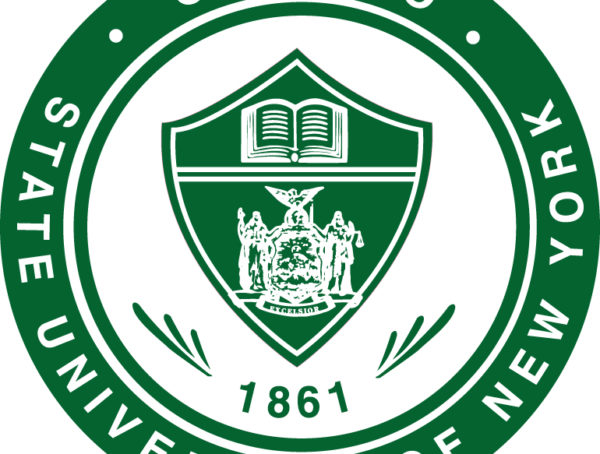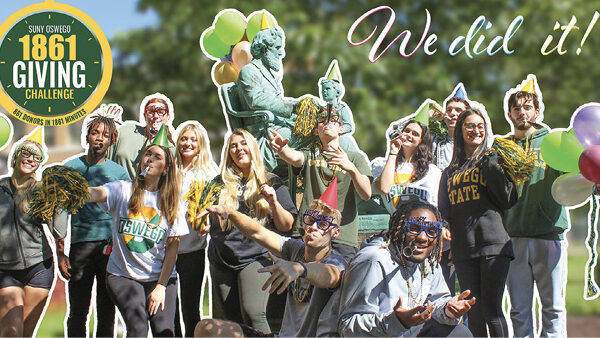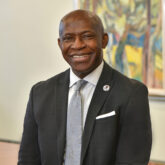Thanks to 7,533 alumni, faculty and staff, parents and friends of SUNY Oswego, The Fund for Oswego raised $3,053,171 from July 1, 2009, to June 30, 2010.
 These donors to The Fund for Oswego, who are making an immediate and positive impact on the lives of students, are recognized in YOUR Impact: 2009-2010 Honor Roll of Appreciation, which now appears online.
These donors to The Fund for Oswego, who are making an immediate and positive impact on the lives of students, are recognized in YOUR Impact: 2009-2010 Honor Roll of Appreciation, which now appears online.
“We are grateful for your support. We appreciate your financial assistance and also your continuing advocacy on behalf of Oswego and the State University of New York,” said President Deborah F. Stanley. “Every day I witness the immediate and profound impact your philanthropy has on the lives of our students.”
In a continuing effort to carefully steward donations to the college and the planet’s natural resources, the Oswego College Foundation has moved from a printed honor roll of donors to an online listing. This switch saves more than $7,132 in printing and design costs and $2,128 in postage — resources which can be put to better use enhancing the SUNY Oswego educational experience for students and faculty.
These savings mean more books for the library, more computer equipment in labs and more support for cutting-edge academic programs that will better position Oswego’s students to compete in the current tough job market.
In addition, by not printing 7,500 copies of the 40-page honor roll, the college is saving precious trees, water and fuel, not to mention additional carbon savings from not transporting and mailing the copies to donors’ homes.
A significant factor in the move to an online honor roll was to protect our donors’ privacy. A Google search of any individual’s name will not link to the donor listing.
You might also like
More from Fund For Oswego
Alumnus Shares ‘Passion and Purpose’ through Campaign Launch
It’s hard to believe that just two years ago I was working at WTOP and getting ready for another season …
First-Ever CNY Career Connections Unites Students and Alumni
Oswego Alumni Association Board Member Rick Yacobush ’77 encouraged students to network with other people during the first-ever Central New York …












